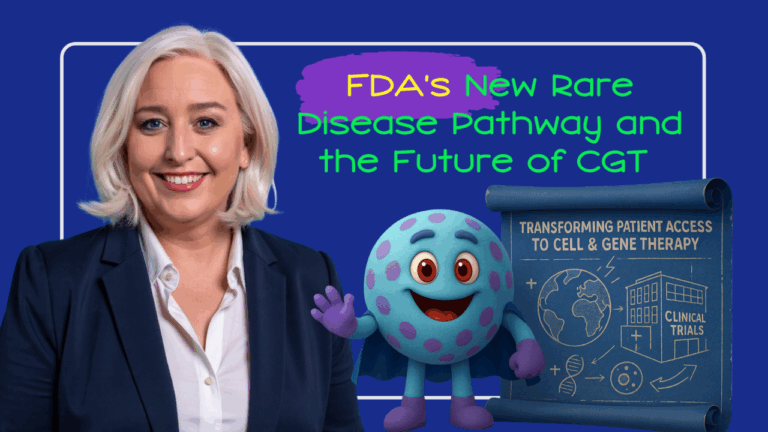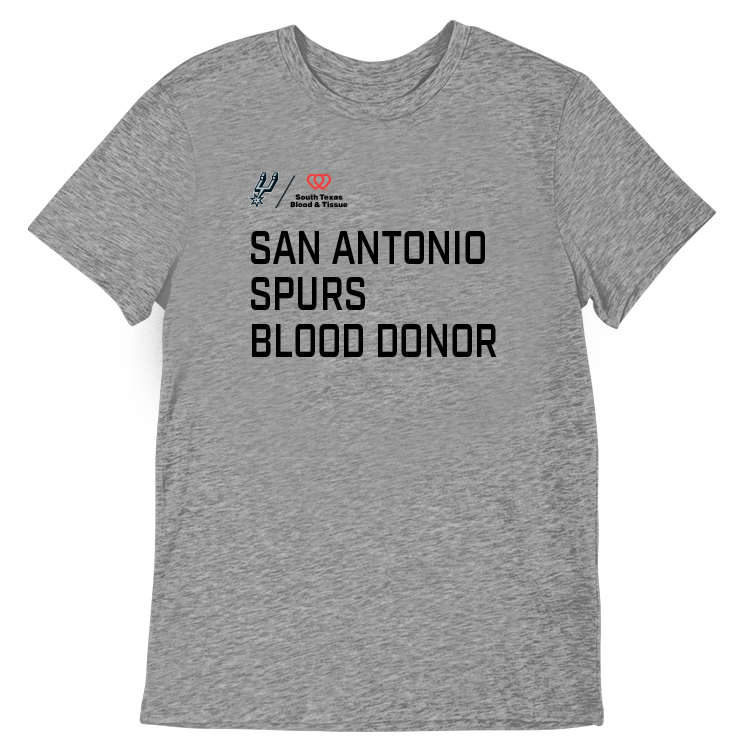Blueprint for Breakthroughs is a LinkedIn newsletter published by Adrienne B. Mendoza, MHA, SVP BioBridge Global and Chief Operating Officer (COO), BBG Advanced Therapies
Originally published on LinkedIn on September 9, 2025
At Advanced Therapies Europe 2025 (#ATE2025), one message resonated across every conversation: access isn’t just one issue among many, it is the issue that will define the future of advanced therapies. The scientific breakthroughs are extraordinary, but if patients can’t reach them, we risk building innovation without impact.
And while those discussions unfolded in Barcelona, the FDA announced a major policy proposal in their Rare Disease Evidence Principles (RDEP), a proposed framework to accelerate approvals for ultra-rare conditions.
What this means: In the US, regulators are formally embracing single adequate trials, even single-arm studies—backed by strong biological rationale and confirmatory evidence as a legitimate pathway to approval. It is a recognition that for patients living with conditions so rare they number in the hundreds, the traditional bar of multiple randomized controlled trials is not only unrealistic—it is unjust.
The timing could not have been more powerful. As our community gathered to debate how advanced therapies can scale, the FDA underscored the same truth: patients cannot wait for perfect systems or perfect data.
Why This Moment Matters
In my last article, I called for a wake-up call to rethink how advanced therapies are delivered and scaled. That call grows louder when we consider the rare-disease community. For them, access is not just delayed—it is often impossible. Years-long diagnostic odysseys, fragmented care pathways, and the scarcity of trial opportunities create an environment where therapies exist in theory, but not in practice.
The FDA’s proposal opens a door. It creates a gateway for patients to receive therapies sooner, while giving developers a realistic path to prove safety and efficacy in populations once thought too small to serve. And if we design thoughtfully, these early wins in rare diseases can serve as the foundation for broader solutions, ones that extend access beyond the few, to the many.
But regulatory pathways alone are never enough enough. Without transforming the reality of limited patient access, we will still leave patients waiting. That’s precicely why as the innovators in drugs, manufacturing, and delivery systems — across the industry, we must tranform together.
Transforming Together
Our role as a community is essential. The rare-disease pathway signals the urgency; our collective responsibility is to ensure it translates into impact.
That means:
- Reimagining delivery systems so therapies can move beyond academic inpatient centers and into community-based, decentralized and regionally-based models.
- Investing in infrastructure for real-world evidence collection to support approvals and reimbursement.
- Aligning reimbursement frameworks with conditional approvals to prevent policy progress from stalling at the payer level.
- Engaging patients and families as true partners, ensuring therapies are designed with their lived experiences at the center.
If we achieve this alignment, regulatory agility and delivery innovation will no longer be parallel conversations. They will be part of the same solution.
My Reflection from Barcelona
As I close out #ATE2025 and prepare to join the #CGTI2025 Innovators Summit, I see a field standing at a pivotal moment. We are no longer just discussing what advanced therapies could be—we are deciding how they will actually reach the people whose lives depend on them.
The urgency we need as stakeholders across the industry, is lived every day by patients, around the world, waiting for options that do not yet exist. Our task is to respond with equal urgency: by redesigning delivery pathways, by strengthening collaboration, and by committing to make access not just a promise, but a reality.
Closing Thought
Rare-disease patients are showing us where our systems fall short—and where we must lead with courage and creativity. Together, as a global community of innovators, regulators, payers, providers, and advocates, we have the chance to transform access for them and, in doing so, build the scalable pathways that will serve all patients.
The time for alignment is now. The responsibility is ours. The opportunity is extraordinary.



